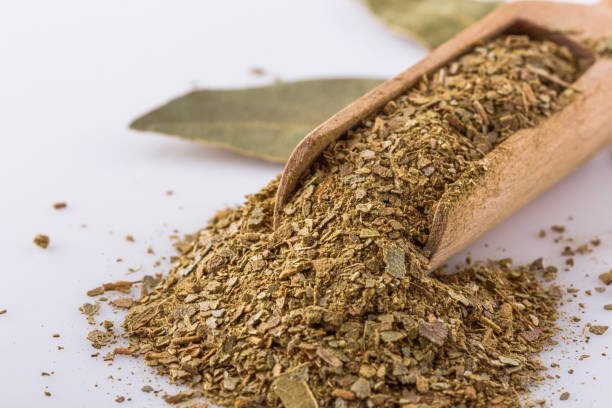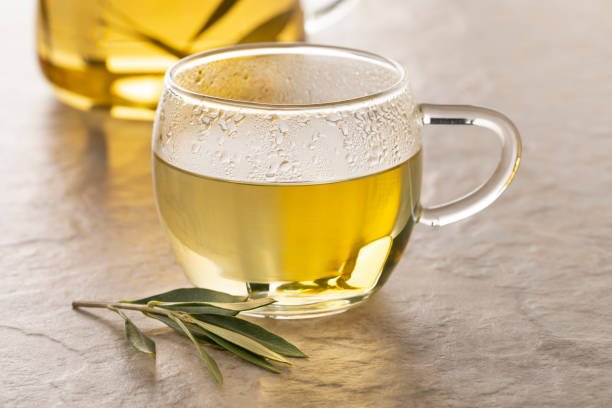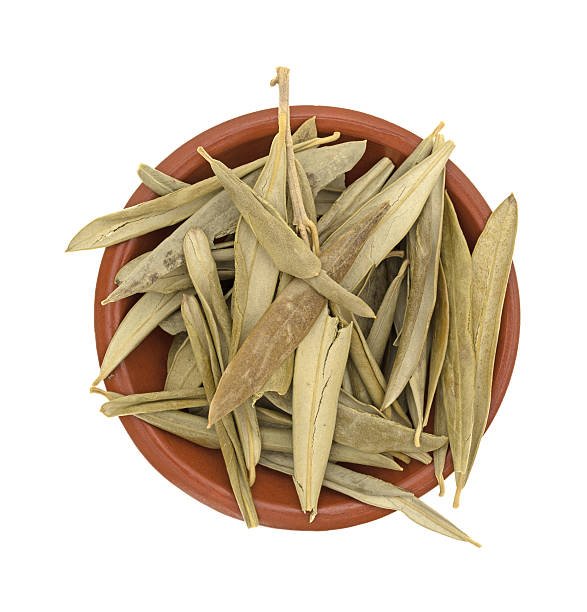Dried Olive Leaves are the dried leaves of the olive tree (scientific name: Olea europaea), an evergreen tree belonging to the Oleaceae family. These leaves are widely used in traditional medicine and natural remedies due to their numerous health benefits.
Botanical Description
The olive tree is a perennial evergreen tree that grows between 3 to 12 meters in height. Its leaves are simple, opposite, and lanceolate in shape, measuring between 4 to 10 cm in length and 1 to 3 cm in width. They have a dark green upper surface and a silvery underside. The tree produces small white flowers in clusters, which later develop into the well-known olive fruits, initially green and turning black upon ripening.
Types
European Olive (Olea europaea europaea) – The most widely cultivated type in the Mediterranean region.
Wild Olive (Olea europaea cuspidata) – Found in various parts of Africa and Asia.
Health Benefits & Medicinal Uses
Lowering Blood Pressure & Cholesterol
Regulating Blood Sugar Levels
Boosting Immunity
Antimicrobial Properties
Cultivation & Planting Season
The olive tree thrives in warm and temperate climates and prefers well-drained soil rich in organic matter. It is best planted in spring or at the beginning of the rainy season to ensure adequate moisture for young saplings. The tree requires direct sunlight for optimal growth and fruit production.
Parts Used for Medicinal Purposes
Both fresh and dried olive leaves are used for making medicinal tea and extracts.
Active Compounds
Olive leaves contain several bioactive compounds, including:
Oleuropein – A primary compound with antioxidant and anti-inflammatory properties.
Flavonoids – Such as quercetin and rutin, which promote overall health and body functions.
Oleanolic Acid – Known for its antiviral and antibacterial effects.
Export details to all parts of the world
Origin: Egypt
Guava leaves, rough or broken
Weight as per customer request
Packaging: cartons or bags
Automated weighing, packaging, and filling

Whole leaves





